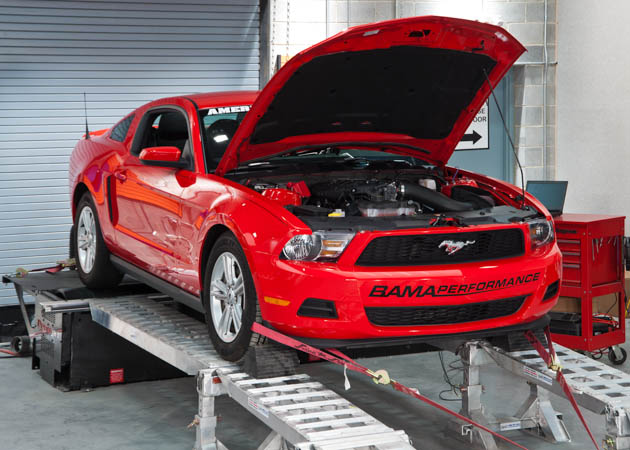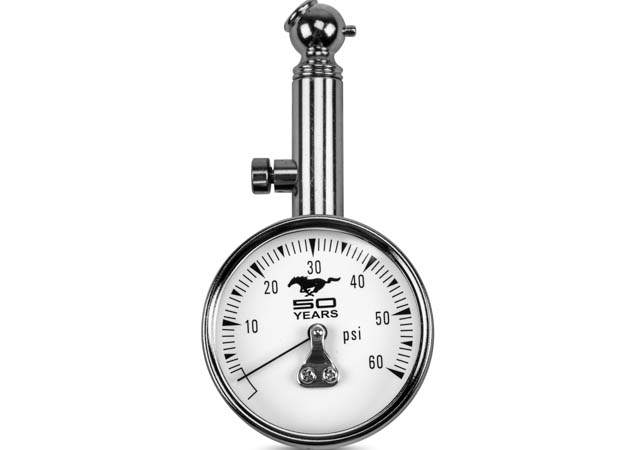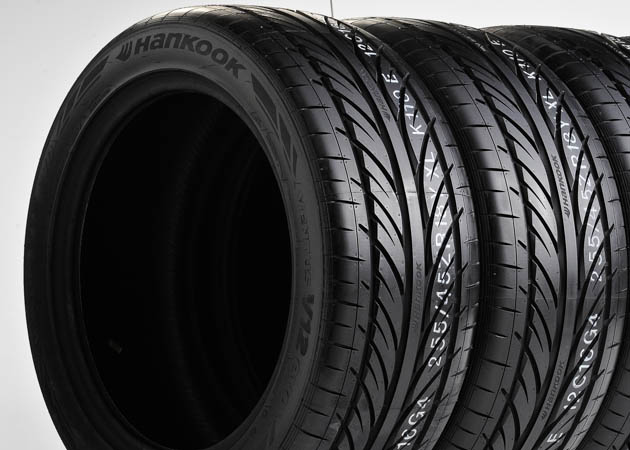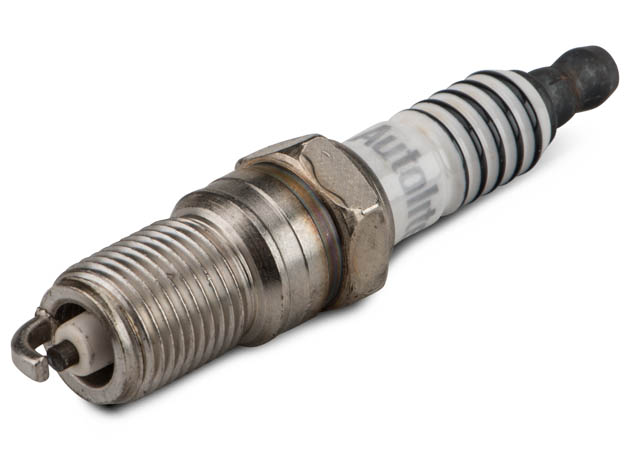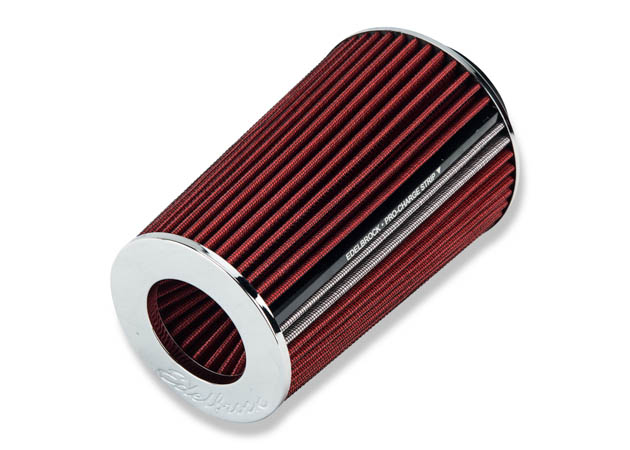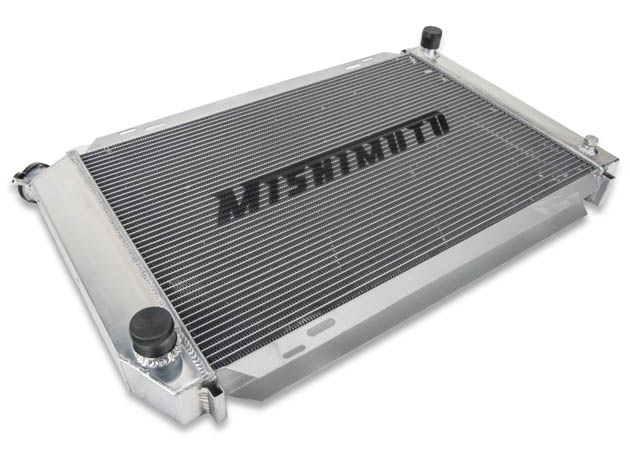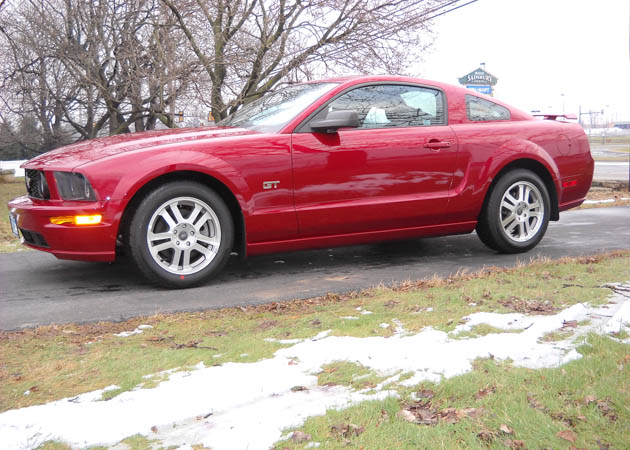Your fuel system is made up of many small electronic parts with incredibly small ports which are prone to clogging and blockage. Without a reliable supply of fuel to your engine and proper spray pattern from the fuel injectors, your engine will struggle to make power and run properly. A blocked fuel system can even lead to a lean condition and engine failure. Dirt and grit in the fuel tank can also damage the pump, hindering its ability to flow an adequate amount of fuel.
S550 Mustangs (2015-current) have an internal fuel filter, meaning it’s attached as a pre-filter to the pump, but they don’t have an inline filter like older Mustangs. Ford says the filter is a lifetime filter and doesn’t need to be replaced, but there are many options available for adding an external filter to your Mustang. Aftermarket filters come in various sizes for any fuel system, ranging from stock sized lines all the way to massive 10AN filters for big power fuel systems. They also offer filtration from 40 microns all the way down to 6 microns. Installing an aftermarket fuel filter can help supplement the cheesy stock filtration and protect your injectors from contaminants.
After a while, fuel filters get clogged from the dirt and debris from the gas pump. Changing the fuel filter can remove potential clogs and give you a solid peace of mind. Keeping your fuel clean and stabilized during the cold season can go a long way in making sure your pony doesn't turn up lame come spring time. Generally when you change out the fuel filter, it'll feel heavier than the new replacement because of the contaminants it's gathered over the years.
For the Mustang owner exposed to the extremely frigid temperatures of winter, it’s extremely important to be sure your Mustang is winterized. If your Mustang is going to be sitting in cold temperatures for an extended amount of time, use a fuel additive to your fuel tank. This will help to maintain octane and remove moisture from the fuel. If your Mustang will be exposed to sub-freezing temperatures, be sure you have fresh anti-freeze in the engine. The last thing you want to find is you freeze plugs lying on the ground beneath your stang.

